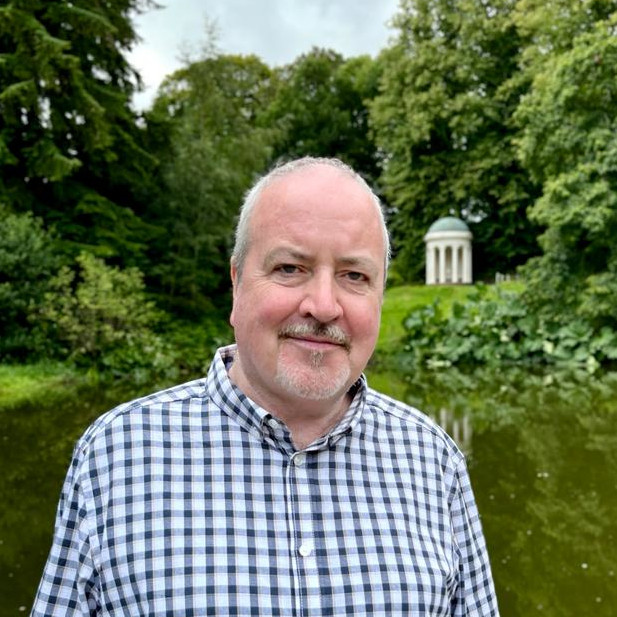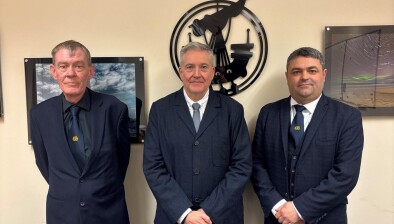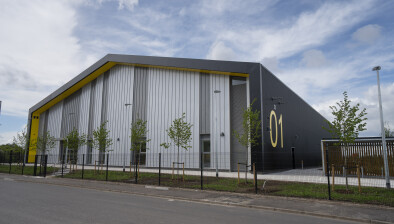Construction Leader: Martin McKay on reversing the urban decline of the Clyde Gateway region
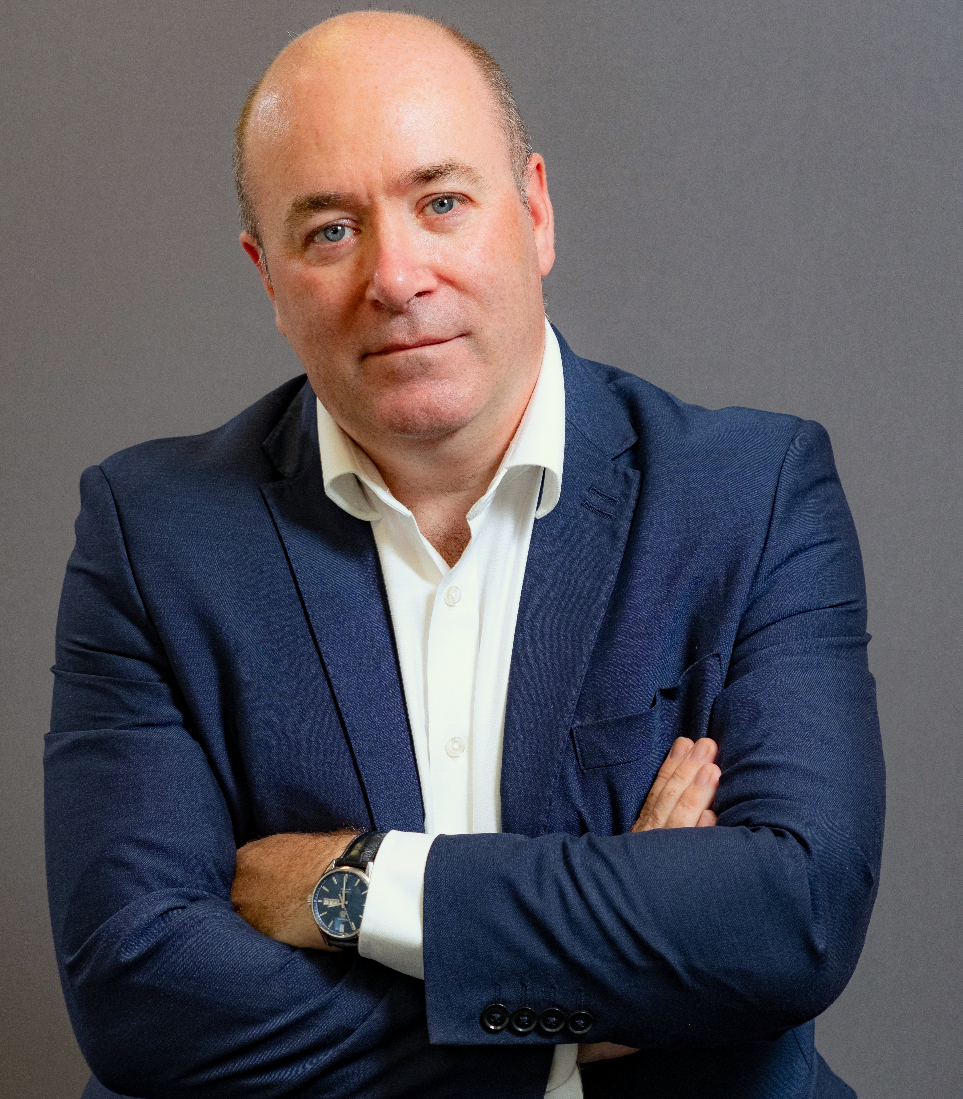
Martin McKay
Clyde Gateway chief executive Martin McKay, this month’s SCN Construction Leader, tells Colin Cardwell about the ongoing transformation of the east end of Glasgow and South Lanarkshire and the benefits being witnessed for people and businesses.
The recently restored Bridgeton Umbrella in Glasgow’s East End is emblematic of what obviously enthuses Martin McKay about the benefits Clyde Gateway has brought to the city.
The distinctive Category-A listed Victorian bandstand has been a permanent fixture in the area since 1875 (apart from being temporarily disassembled for its £400,000 restoration) and looks back to both a dynamic past and promising future for the Urban Regeneration Company (URC) which was created to drive inward investment and improvement for people across the east end of Glasgow and South Lanarkshire.
Mr McKay has been part of Clyde Gateway’s senior team for 15 years and was appointed as the project’s chief executive after the retiral of its much-respected head Ian Manson in April last year.
After training and qualifying as an architect, he had worked as a project coordinator at the University of Glasgow before joining Scottish Enterprise engaged in the Clyde Waterfront Regeneration project among others.
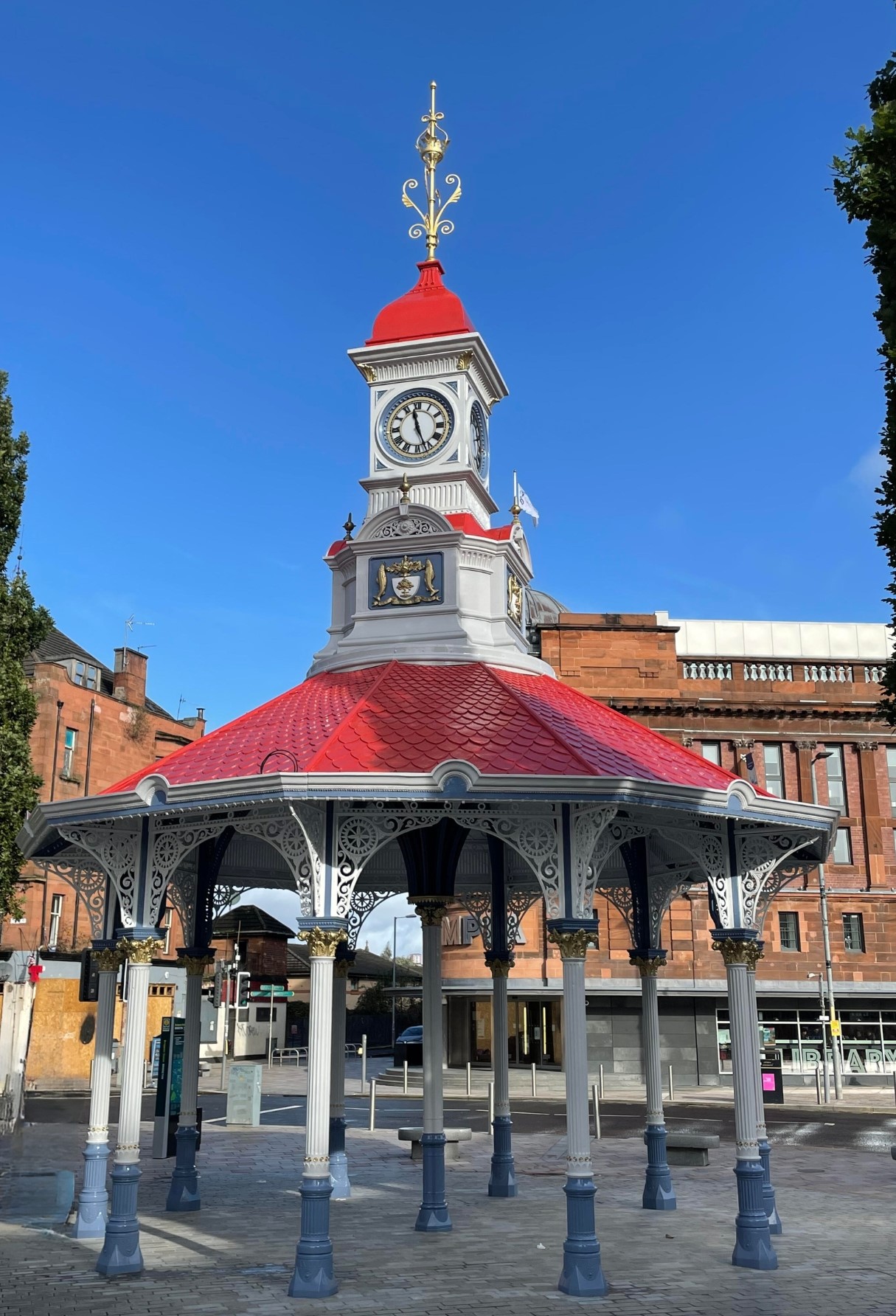
The newly-restored Bridgeton Umbrella
He was then introduced to Clyde Gateway, Scotland’s biggest and most ambitious regeneration programme, which remains the last URC in its original form as a partnership between Glasgow City Council, South Lanarkshire Council and Scottish Enterprise.
He generously acknowledges the experience acquired from these other projects: “We have been able to appreciate the way in which the other option regeneration companies had approached their aims and were able to learn from that.”
Clyde Gateway was set up in 2008 and is backed by funding and direct support from the Scottish Government, continuing to attract jobs, tenants and investment on an enviable scale.
For anyone visiting Glasgow for the first time or returning after several years of deindustrialisation and urban decline, the areas of Dalmarnock, Rutherglen, Shawfield and Bridgeton are now virtually unrecognisable, Martin says.
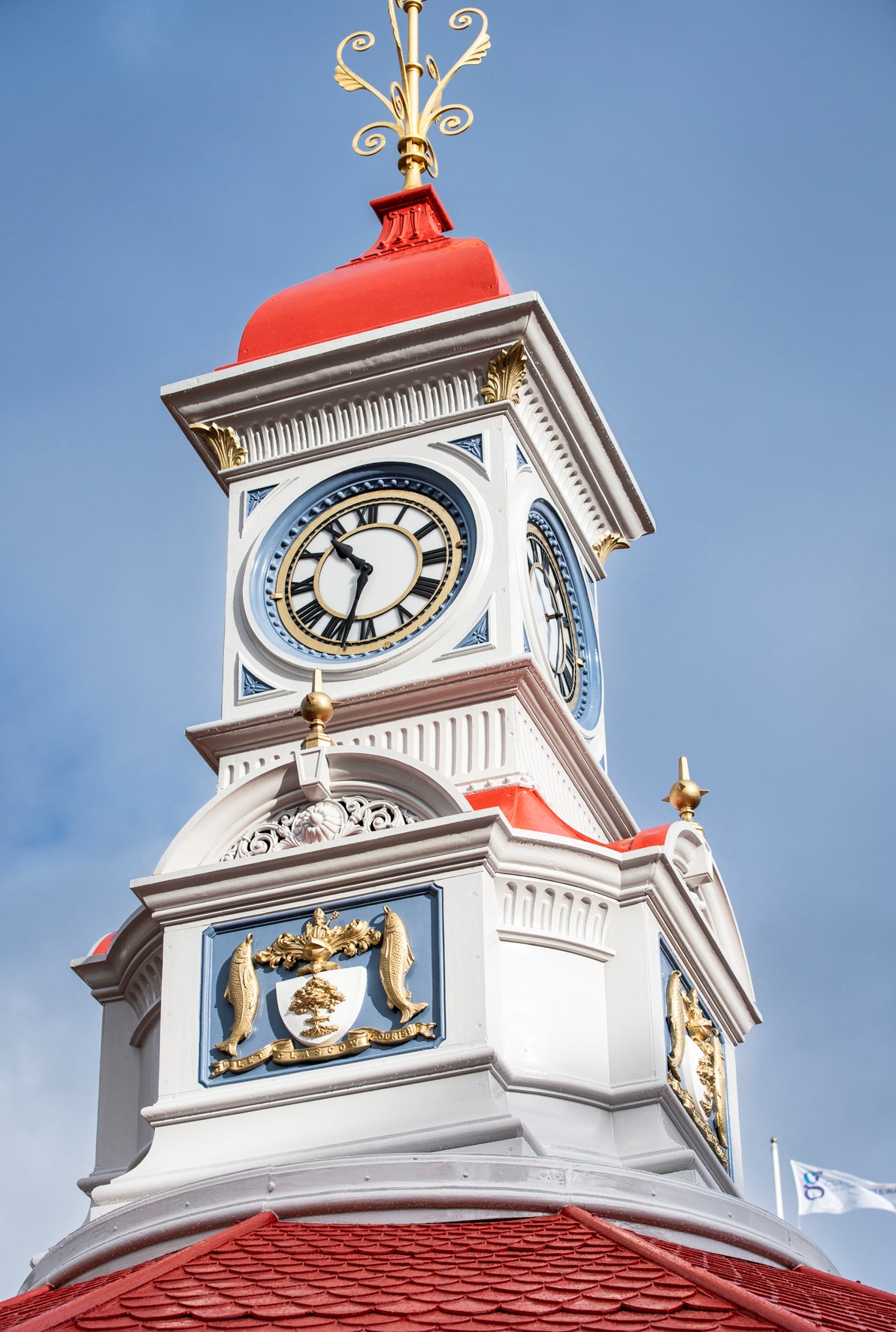
“We were able to use the Commonwealth Games in 2014 as a platform for transformation and a decade on from that we’ve been able to deal with several structural constraints in the East End such as land remediation.
“We’re starting to see real benefits coming through now with a huge amount of housing development on site, investment in district heating and the attraction of a diverse range
of businesses … we’ve really built on these foundations and will continue to do so,” he adds.
“We had a target for 10,000 new homes across the Clyde Gateway area – including the investment in the Commonwealth Athletes Village – and so far, some 3,800 homes have been built. We’re expecting a significant jump in that figure after new developments complete in the area, including by those by Springfield Properties and the Swan Group.”
The general challenges facing the housing market notwithstanding, he believes that Clyde Gateway will certainly get close to its original target.
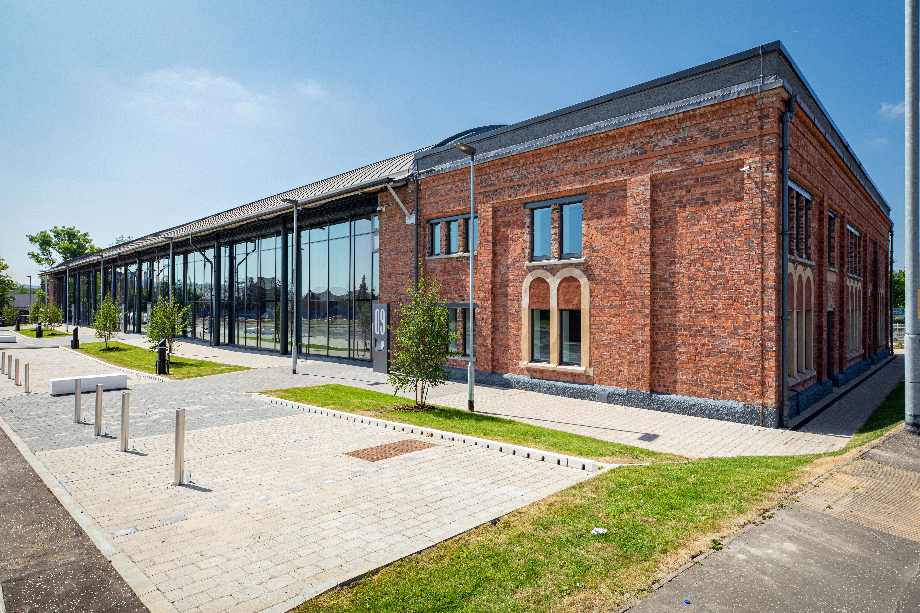
EastWorks
Meanwhile, recent corporate lettings have extended to the media and creative sector with companies such as creative and IT firm MakeBrave at the Albus Building and Utopi, an ESG technology specialist working with companies such as Moda Group the first company in EastWorks.
“We’re seeing more companies working in digital technologies and have agreed a memorandum of understanding with Scottish Enterprise, potentially a £16m investment toward a £60m programme of low carbon, energy efficient business space for high-value manufacturing occupiers.”
The first element of that project is on site at Clyde Gateway East where the company is building out 57,000 sq ft of industrial space over three buildings with a further pipeline of developments to support that.
Mr McKay is engagingly optimistic about a job that he clearly enjoys at a company he believes has become something of a flagship – not only for Scotland but also the UK and beyond – and he stresses that cooperative working with like-minded partners achieves substantially more than these bodies pursuing their own separate development plans.
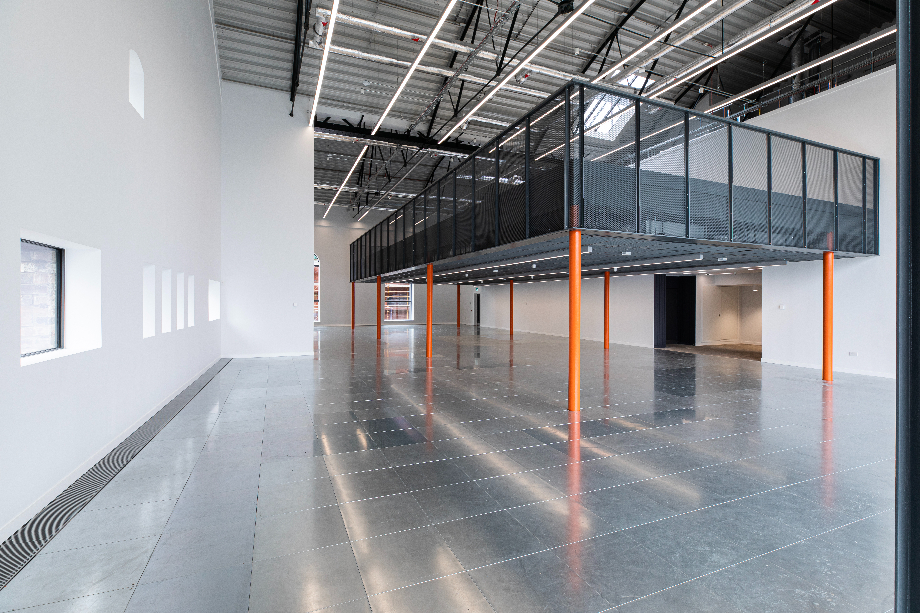
An internal view of EastWorks
Clyde Gateway he says has had a guiding hand in the overall masterplan for the area, facilitating developments from land assembly through planning and infrastructure, adding: “Having our partners’ investment coming in off the back of that clearly adds to the benefits for the wider area”.
While the re-opening of the Bridgeton Umbrella represents his own family’s attachment to the area (which was originally through the Gorbals via East Kilbride) Clyde Gateway has now proved itself in bringing forward-looking developments to the city such as business suites at Red Tree Magenta and the £1.67m refurbishment at New Olympia House, creating 350 sqm of modern and flexible commercial office space.
He also points to its Green Regeneration Innovation District which includes a District Heating and Cooling network to fulfil its objective of developing a location with real Net Zero ambition, including the award-winning phase two of Cuningar Loop, part of a £40m Scottish programme of projects to improve the urban environment of the country’s larger towns and cities and extending the woodland park on the banks of the Clyde by a further 21 acres.
Clyde Gateway has been, says Mr Martin, fortunate enough to secure a levelling-up fund which was confirmed in November last year at £14,637,600 being awarded for land around Shawfield, which has been described as one of the most polluted inner-city sites in the UK.
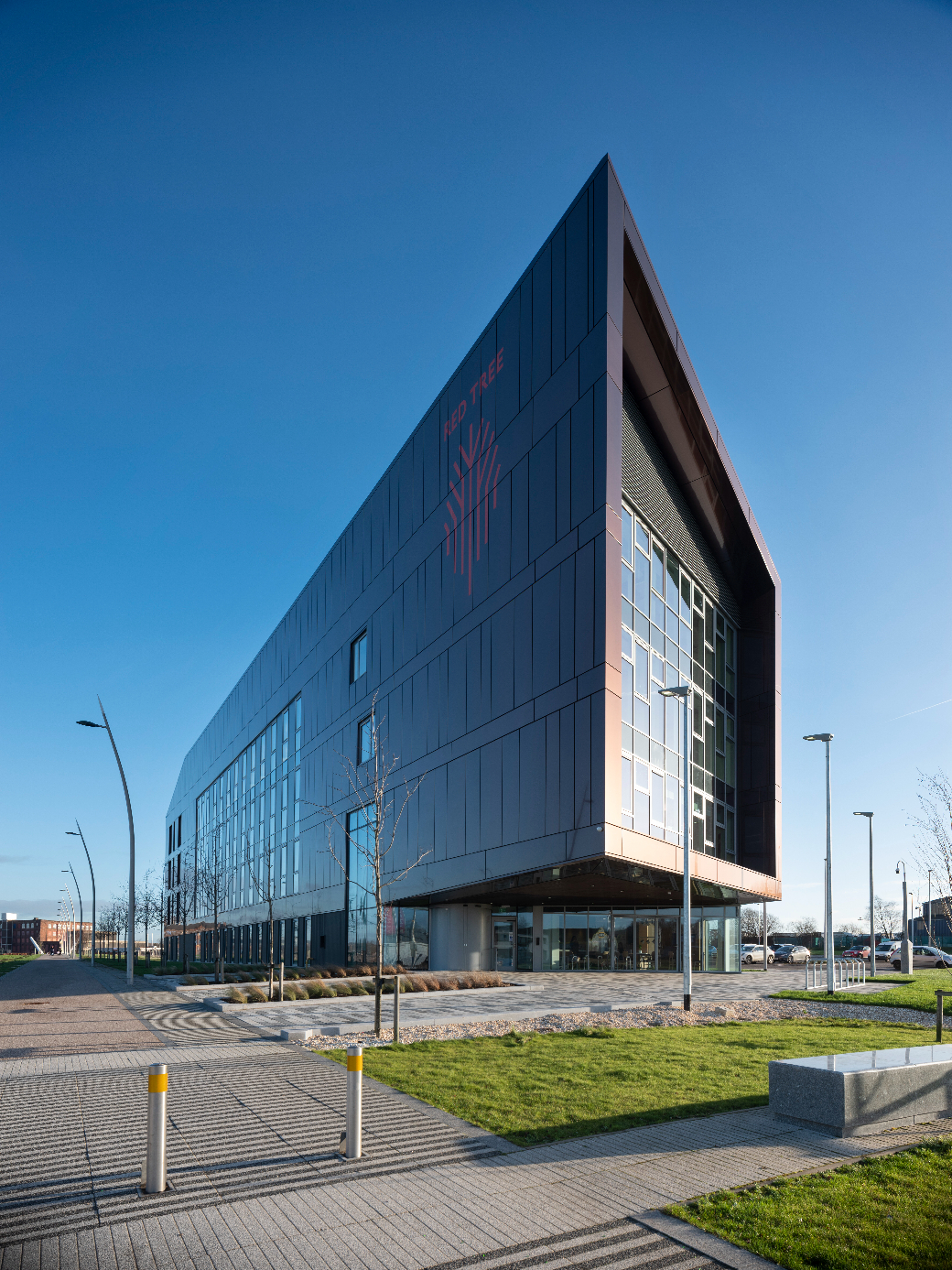
Red Tree Magenta
This will be the second phase of council regeneration work in the area undertaken with the URC and, says Mr McKay, “has given us a massive boost for the later phases of Shawfield”.
Formerly focusing on Dalmarnock and Magenta which featured in the Scottish Government’s Green Investment Portfolio he says the company is now at a stage where it is ready “to accept a whole range of investments and take people to Clyde Gateway East and Rutherglen Links to show them what can be achieved”.
He describes the company’s priorities as: “People, place and jobs – with people at the top of the agenda. So, while physical regeneration is important that will only be a success when you tackle the people and community aspects as well”.
The URC’s Business and Community Growth team works with partners that include local groups, schools, nurseries, GPs, housing associations and businesses and thus fits nicely with Mr McKay’s personal belief in maintaining a balanced lifestyle.
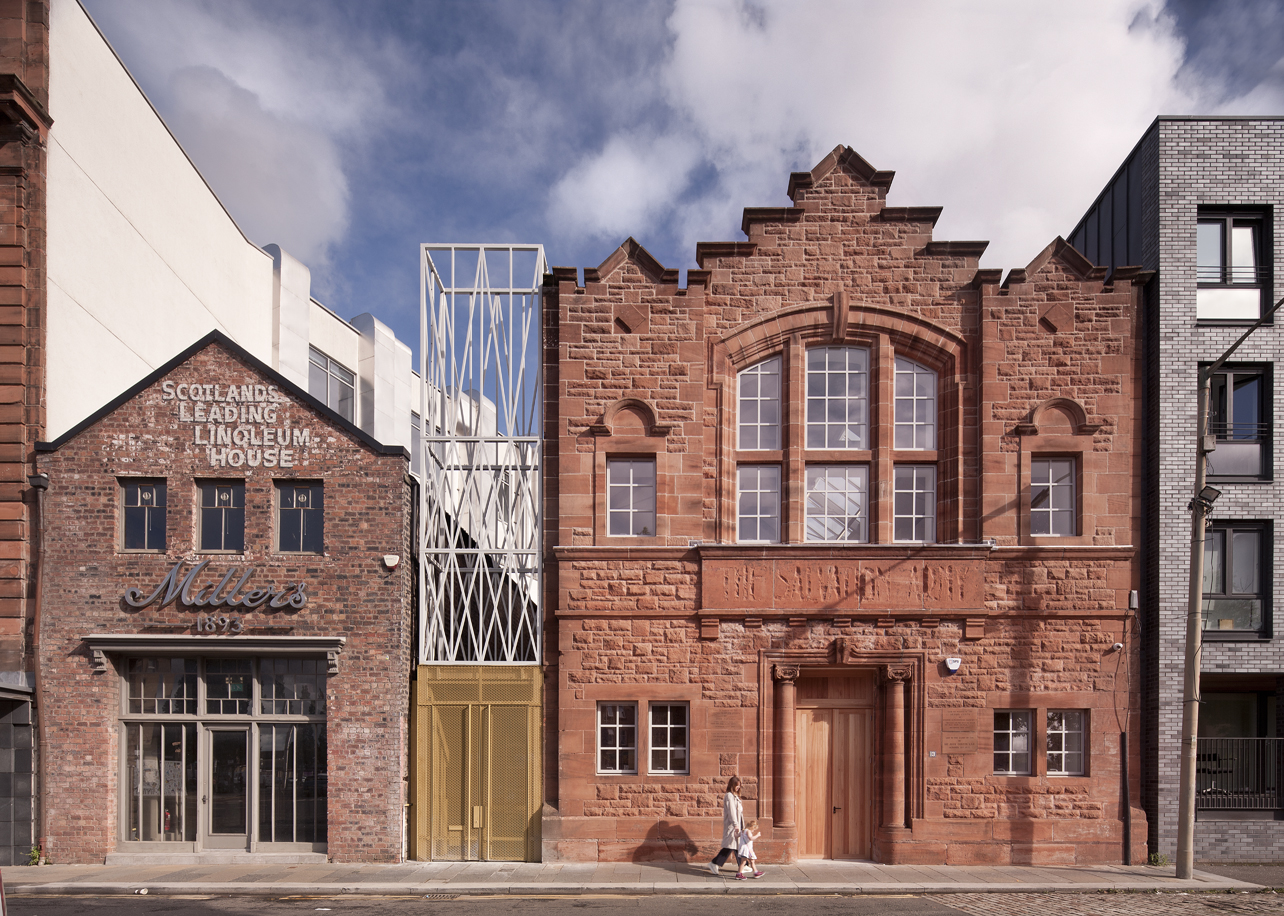
New Olympia House
He is, quite literally, someone who likes to get out on his bike to survey the current scene and has been recently encouraged by progress at Malls Mire Park at Toryglen, where 16 hectares of formerly derelict and vacant land is being regenerated.
In 2009 the local community around Toryglen began work with community-led environmental charity Urban Roots to manage Malls Mire woodlands which is now to be turned into community parkland in with additional funding from national cycling network Sustrans and the Green Infrastructure Community Engagement Fund.
“We were able to deliver a £3 million development in green space with new walking and cycling routes, support the restoration of the nature reserve and I recently saw a social media thread where someone had posted on being able to cycle from the south side of Glasgow to the East End – basically from Mount Florida and Hampden Park to Glasgow Green, cutting through Malls Mire and Tory Glen so that works really well.”
As do several other areas in the plans for 2024. “We have in some ways have had a fragile recovery in the property sector and were just getting to a point at which things were becoming more robust when the Covid pandemic hit. However, I now feel very positive about the dynamics within the city and the investment in the future we are seeing.







